What is an LED flood light
An LED flood light is a directional lighting system that produces a broad, relatively diffused beam of light. Flood lights are among the most used light fixtures in landscape lighting applications. They allow light designers to create captivating shadows, establish visual destinations, heighten the visual impact of architecture, and add an extra layer of safety and security to a property. Landscape lighting can transform the exterior into a harmonized nighttime environment and expand your living area to the outdoors. Accent lighting that uses directional beams of light enhances the intrinsic charm and beauty of softscape and hardscape elements, and also commands the viewer to take note of the accentuated subject within the landscape.
Landscape lighting techniques
Landscape lighting designers use LED flood lights to implement a variety of lighting techniques, which include uplighting, moon lighting, cross lighting, mirror lighting, wash lighting, grazing, silhouetting, and shadowing. Uplighting shines light in an upward direction to softly highlight or accent distinct plants and trees, or to add depth to outdoor walls or fences. Moon lighting creates the tranquil effect of light filtering through the branches by hanging down floodlights in tree canopies. Cross lighting uses two direct lights pointing up to fully enhance trees with wide and low canopies. Mirror lighting use floodlights to illuminate a background scene so that it is reflected into a nearby body of water. Wall washing lights shine across a wall or fence to create an even wide flood of light. Grazing is used to accentuate shadows and textures of architectural and natural surfaces. Silhouetting is used to highlight trees and plants with interesting branch structure. Shadowing creates an intriguing shadow on a vertical surface by placing a light in front of an object.
Design and construction
A landscape LED flood light is comprised of die cast aluminum housing, an LED assembly, a driver, and an optical system. The LED assembly is made using mid-power, high power, or COB LEDs. The light engine can be designed to produce light in a single color or may include multiple channels of LEDs (amber, red, green, blue, white) for additive color mixing across the visible spectrum. The LEDs are solder mounted onto a metal core printed circuit board (MCPCB) which is fixed the heat sink, possibly via a thermal interface material (TIM), for effective heat dissipation. The luminous flux from the light source is usually regulated by a reflector which sits over the entire LED assembly. However, for LED flood lights with a large light emitting surface (LES) a lens or reflector array is used to effectively collect and control light emitted by each LED. Flood lights are available in asymmetrical and symmetrical distributions with field angles ranging from 30° to 130° and up.
LED driver
LED flood lights that use SMPS (switched mode power supply) based drivers are typically designed with an electrical compartment which thermally isolates the driver and control circuits from the light engine. Landscape flood lights can be divided into low voltage and mains voltage lighting systems. Low voltage flood lights operate on a 12V/24V power supplied by a remote transformer. These systems may also run off a solar power system. An integrated solar flood light is additionally equipped with a solar panel, rechargeable battery, and solar charge controller. Mains voltage or line-operated flood lights have an integral AC-to-DC driver which are often universal 120–277V, 50–60 hertz.
Driver-on-board (DOB) light engine
Low cost LED flood lights may use a driver-on-board (DOB) light engine which mounts the driver electronics on the same board with the LEDs. These systems are, however, inefficient in power conversion and produce additional thermal stresses to LEDs due to linear voltage regulation. LED drivers may be designed with dimming capabilities such as 0-10V dimming for static white light systems and PWM dimming for RGB/RGBW/RGBWA multi-channel systems. The driver may come with interfaces for flexible system integration with DMX and Ethernet controllers, lighting consoles, advanced show control systems, photocontrols, occupancy sensors, and building automation systems. Flood lights may also be provided with over-voltage, over-current, short-circuit, surge and thermal foldback protection for enhanced safety and reliability.
Corrosion and ingress protection
The housing, electrical compartment and fitter of LED flood lights are usually constructed from low copper die cast aluminum alloy. The housing has integral heat sink fins to maximize thermal transfer through conductive and convection cooling. The exposed surfaces receive a durable polyester powdercoat which is electrostatically applied after a multi-stage conversion cleaning process. The TGIC based polyester powder coating ensures excellent weatherability and fade resistance in accordance with ASTM B117 specifications. In some systems, the light engine is protected by tempered glass lens which is secured to housing with stainless steel fasteners. A one-piece silicone gasket assembles into a cast channel in the doorframe to insure a high degree of ingress protection.
Installation
Landscape flood lights are provided with a range of optional mounting accessories which include ground stakes, surface mount flanges, guardian mounts, gutter mount brackets, tree mount junction boxes, and tree mount canopy straps.

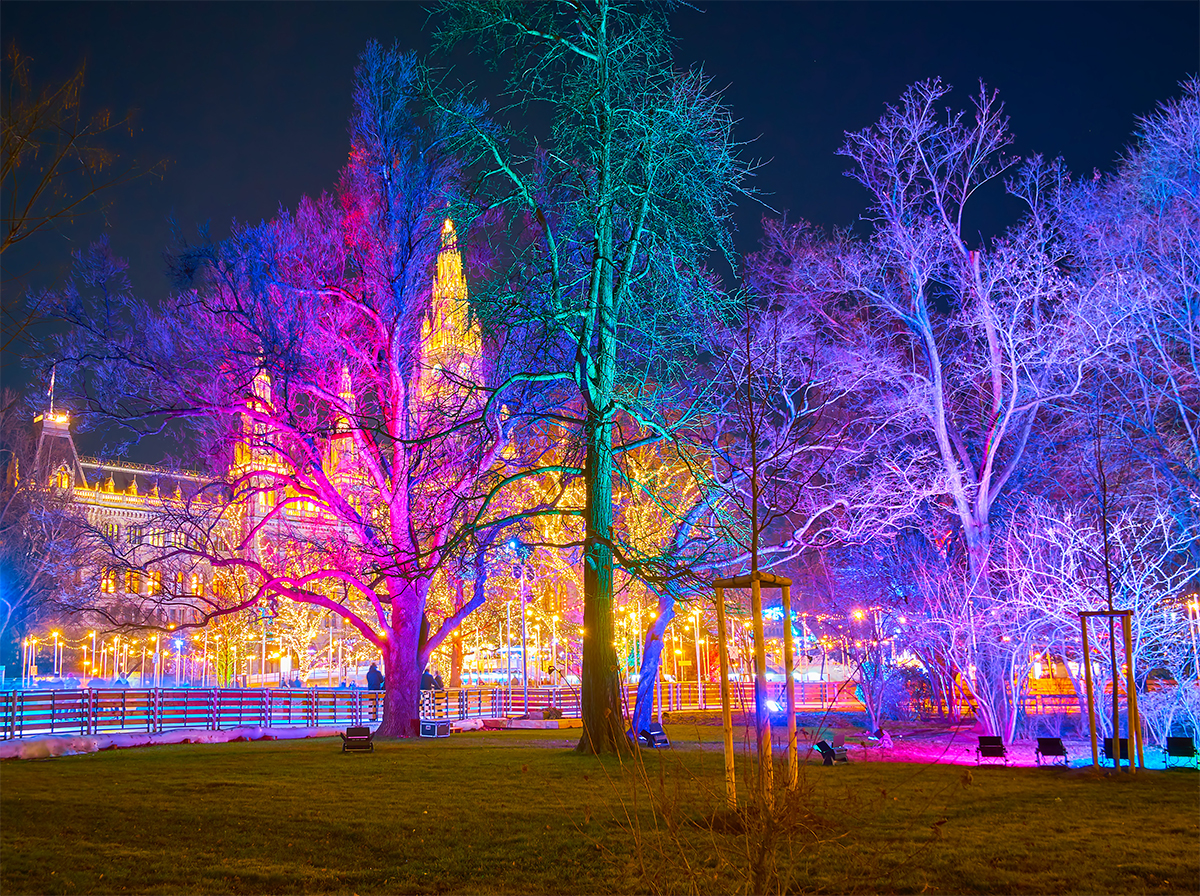
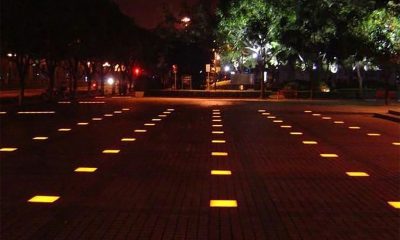
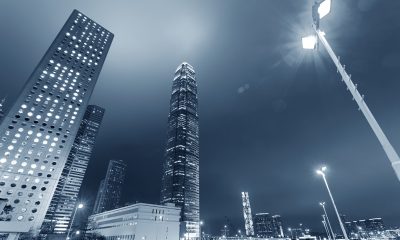
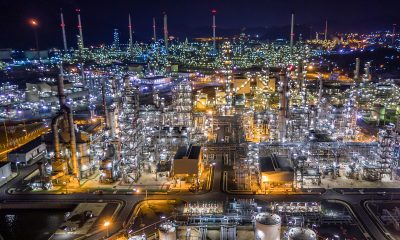
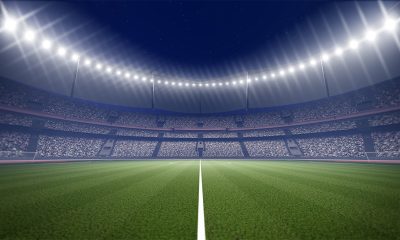
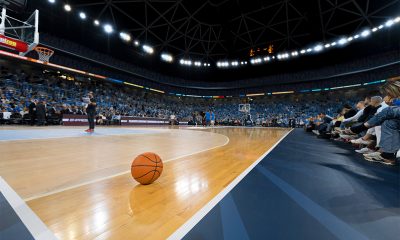
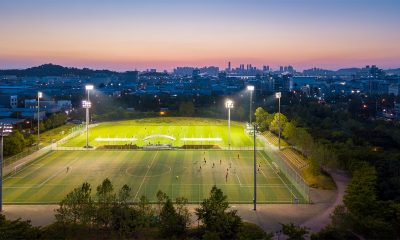
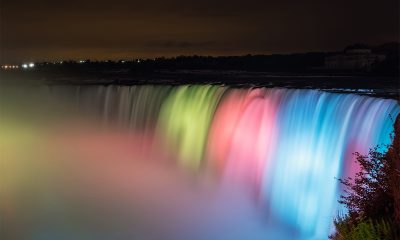



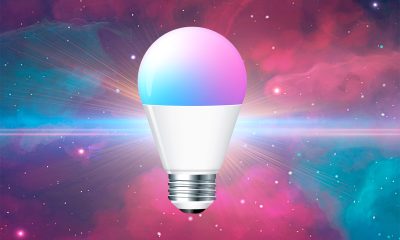





Loading...